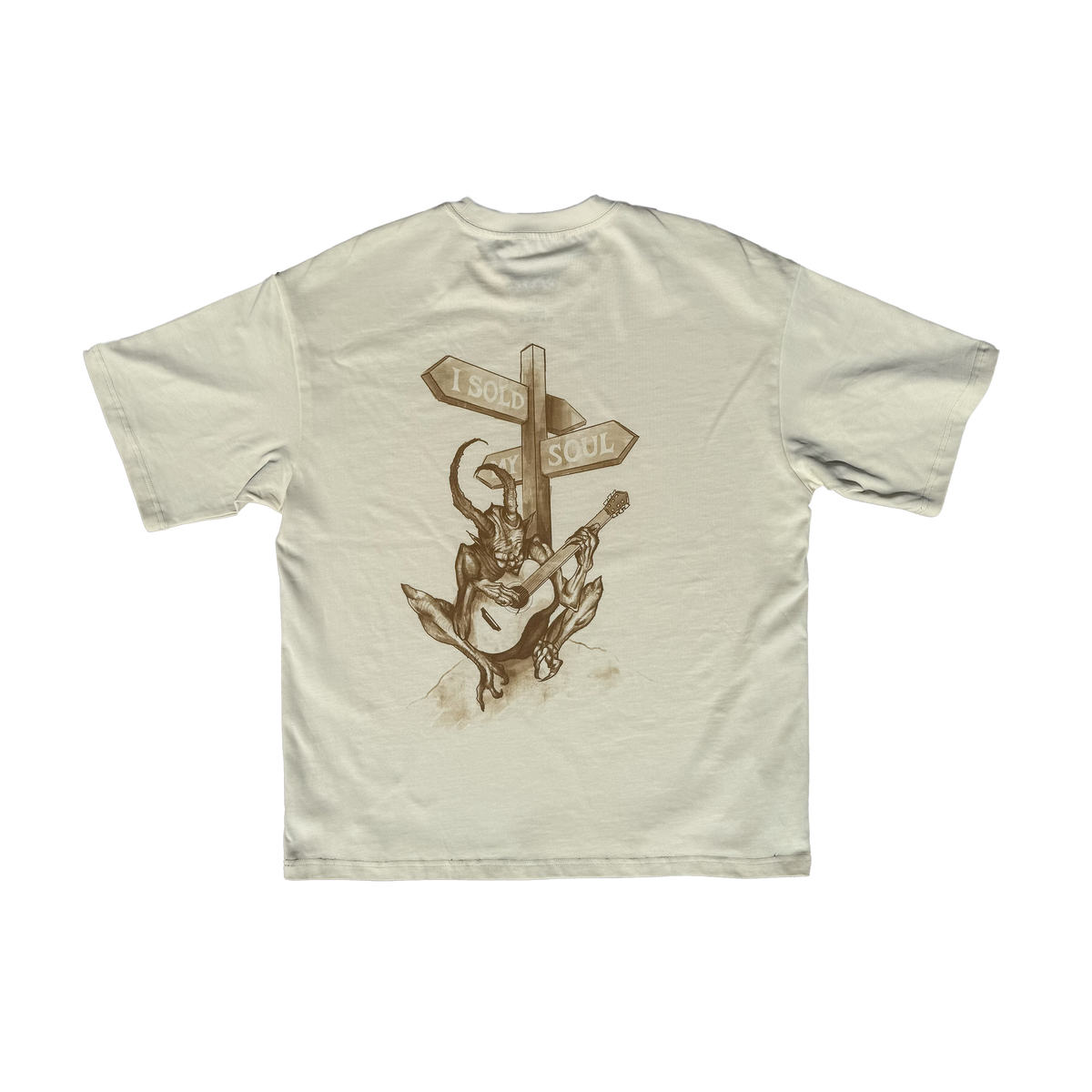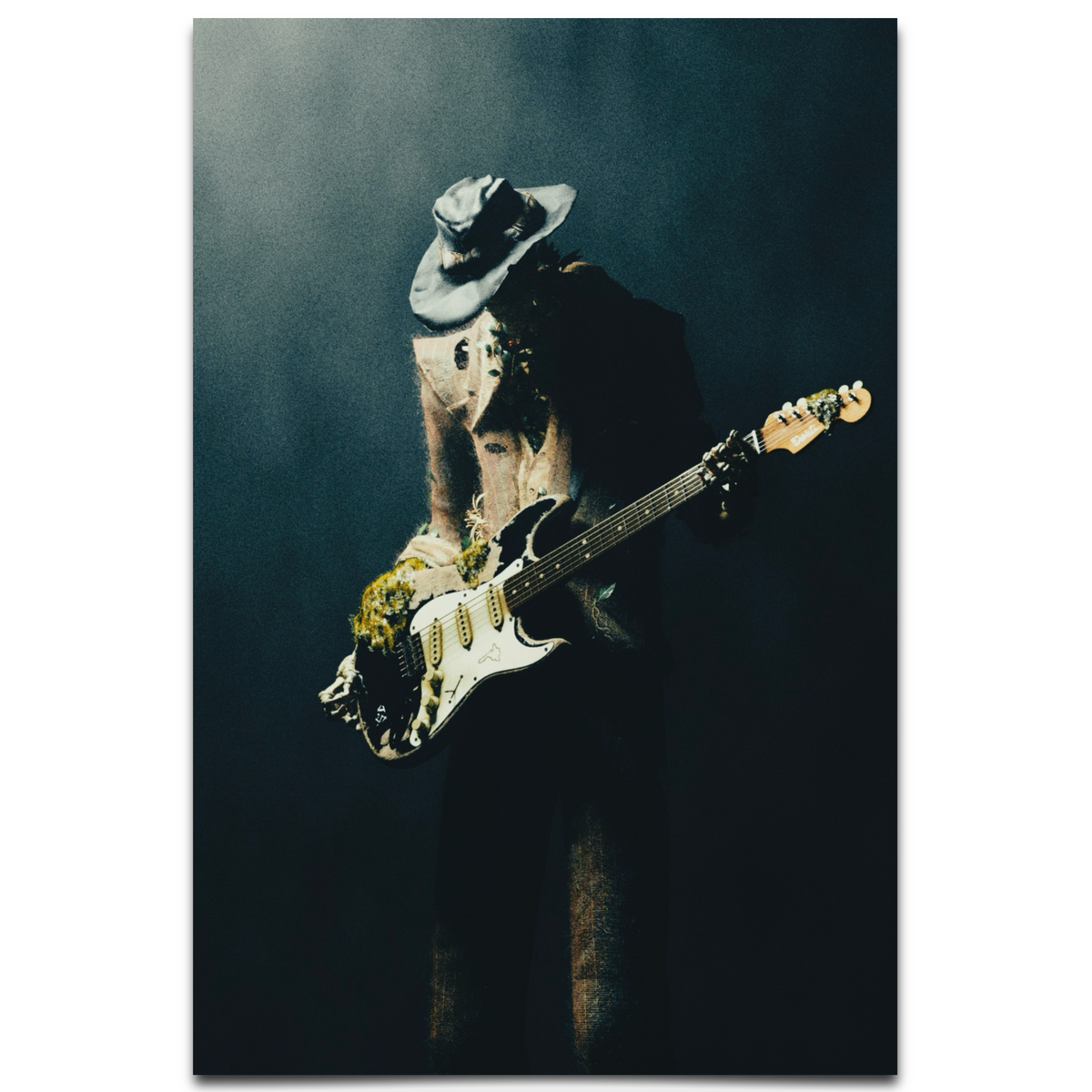A Pioneering Force in Hip-Hop
In the early 1980s, as hip-hop was emerging from the street corners and block parties of New York City, a trio from Queens would redefine the genre and propel it into the global spotlight. Run-DMC, comprised of Joseph "Run" Simmons, Darryl "D.M.C." McDaniels, and Jason "Jam Master Jay" Mizell, emerged as a cultural juggernaut, blending raw lyricism with innovative beats at a time when the music industry barely recognized rap as a legitimate art form. Formed in 1981 in Hollis, Queens, their story is one of grit, creativity, and an unyielding commitment to authenticity, reflecting the struggles and aspirations of a generation. Their signature style—black leather jackets, Adidas sneakers, and fedora hats—became a visual manifesto of street culture, resonating far beyond their neighborhood. They were not merely musicians but architects of a movement, crafting a sound that spoke to the disenfranchised while challenging societal norms. How did three young men from Queens manage to bridge the gap between underground rap and mainstream success, forever altering the trajectory of popular music?
The Genesis of a Revolution
Run-DMC’s origins are deeply rooted in the cultural tapestry of Hollis, Queens, a working-class neighborhood where hip-hop was both a voice and an escape. Joseph Simmons, inspired by his older brother Russell Simmons—a key figure in early hip-hop promotion—teamed up with his childhood friend Darryl McDaniels, whose introspective lyrics complemented Simmons’ commanding delivery. The addition of Jason Mizell, a skilled DJ with an ear for cutting-edge beats, completed the trio, providing the sonic backbone that would define their sound. Their early performances at local parks and small venues showcased a minimalist approach—booming drum machines, sharp rhymes, and turntable scratches—that stripped hip-hop down to its rawest essence. Under the guidance of Russell Simmons and producer Rick Rubin, they signed with Profile Records, releasing their self-titled debut album in 1984, which became the first rap album to be certified gold. A lesser-known detail is that their iconic track "Rock Box" was initially met with skepticism by radio stations for blending rap with rock guitar riffs, a daring fusion that would later become one of their trademarks. This experimentation, born from their willingness to defy convention, set the stage for their meteoric rise.
"Run-DMC took hardcore hip-hop from an underground street sensation to a pop-culture phenomenon."
Breaking Barriers with Bold Artistry
As Run-DMC evolved, their music became a powerful vehicle for cultural commentary, addressing issues like systemic inequality and urban struggle with unflinching honesty. Their 1986 album Raising Hell, produced by Rick Rubin, marked a turning point, featuring the groundbreaking collaboration "Walk This Way" with Aerosmith—a track that not only revived the rock band’s career but also shattered racial and genre barriers on MTV. This fusion of rap and rock was more than a gimmick; it was a statement of universality, proving that music could transcend cultural divides. The album achieved triple platinum status, a feat unheard of for a rap group at the time, and cemented their status as crossover pioneers. Beyond their sonic innovations, Run-DMC’s commitment to authenticity shone through in their refusal to glamorize violence or materialism, instead focusing on messages of self-respect and resilience. Their personal dynamic, too, was a quiet strength—Simmons’ charisma, McDaniels’ introspective depth, and Mizell’s technical wizardry created a synergy that was as much about brotherhood as it was about music.
A Lasting Cultural Blueprint
Run-DMC’s influence extends far beyond their discography, shaping the very foundation of modern hip-hop and popular culture. They were among the first to bring rap to a global audience, paving the way for artists to be taken seriously as commercial and artistic forces, from Public Enemy to Jay-Z. Their endorsement of Adidas, sparked by the 1986 track "My Adidas," led to a groundbreaking partnership with the brand, establishing one of the earliest examples of hip-hop’s intersection with corporate marketing—a blueprint still followed today. Their visual and musical style inspired countless subcultures, from streetwear fashion to the rise of DJ-centric production in contemporary music. Even after the tragic murder of Jam Master Jay in 2002, an unsolved case that shook the hip-hop community, their legacy endures through tributes, documentaries, and the continued relevance of their catalog. Run-DMC remains a symbol of innovation and integrity, a reminder of how music can amplify marginalized voices while uniting disparate worlds.
- Debut: Run-D.M.C. (1984)
- Genre: Hip-Hop/Rap-Rock Fusion
- Known For: "Walk This Way," "It’s Tricky," signature Adidas apparel
- Influenced: Public Enemy, Beastie Boys, LL Cool J, modern hip-hop culture
- Awards: Inducted into the Rock and Roll Hall of Fame (2009)
- Impact: First rap group to achieve gold and platinum album status
Echoes of a Timeless Legacy
Run-DMC’s journey from the streets of Hollis to international stardom is a testament to the transformative power of music, a narrative of breaking barriers while staying true to one’s roots. Their artistry was not just in their rhymes or beats but in their ability to channel the pulse of a generation, giving voice to the unheard and reshaping the cultural landscape in the process. They taught the world that hip-hop was more than a passing trend—it was a movement, a language, and a force for change. Their story reveals the profound interplay between music and society, showing how creativity can challenge norms and build bridges across divides. Even as the genre they helped define continues to evolve, their influence remains a cornerstone, a guiding light for artists navigating the balance between innovation and authenticity. Run-DMC’s legacy is not merely historical; it is a living dialogue, echoing in every beat and lyric that dares to speak truth to power.
























